Building and renovation
City home build diary (part 3)
Greg Bruce
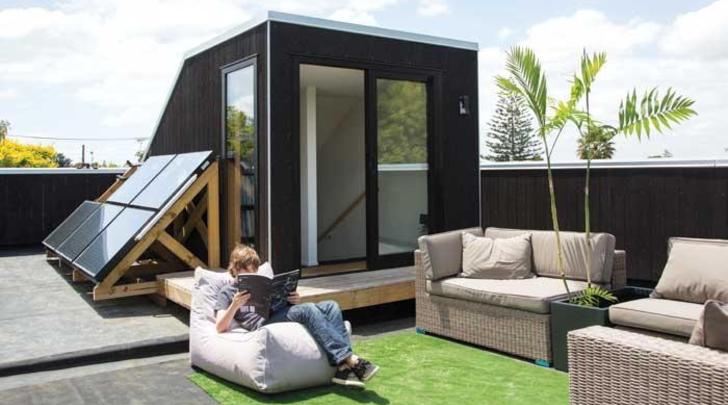
Meet the Mitchinsons
Bruce and Annabel Mitchinson are in their 40s and have two children, Bailey (18) and Anthony (14).
They designed their Glen Innes, Auckland home themselves through Bruce’s architecture firm Mitchinson Simiona Limited. TDC Construction handled the build; the budget was $550,000.
The Mitchinsons’ green goals were about minimising energy and water use and taking a responsible approach to urban intensification and global green issues.
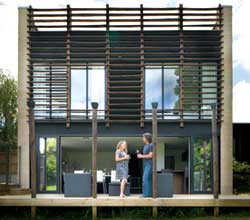
|
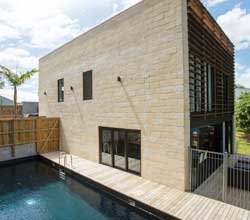
|
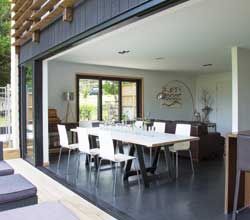
|
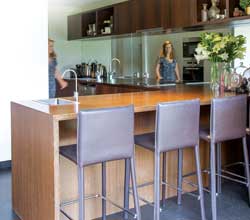
|
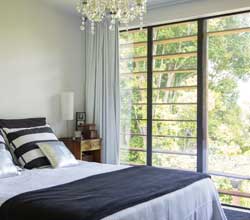
|
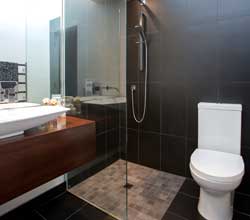
|
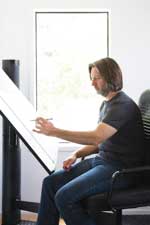
|
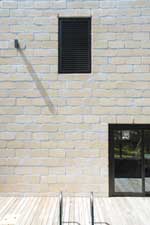
|
What is a heat recovery ventilation system?
- Brings fresh air into a home while removing stale air, humidity and odours
- Filters incoming air
- High-end systems use a heat exchanger to transfer warmth from outgoing to incoming air
- Typically uses less power than an incandescent light bulb
Green tech for staying snug and dry
The elegant lines of Bruce and Annabel’s home aren’t just for looks – they’re influenced by a well-thought-through eco plan. And at the heart of these plans sits the home’s high-tech green ventilation system. Bruce Mitchinson explains the benefits of heat recovery ventilation.
“It’s essential to get fresh air into your house, but how do you do it without opening the windows and letting all the heat out. Or in summer, letting the warm humid air in?
Most houses have an extractor fan in the bathroom that turns on when they flick on the light, and most houses also have an extract hood over the stove, to remove moisture.
The problem is that you’ve got to replace that air from somewhere, and if the windows aren’t open, then it will come in through the gaps under your doors and around your windows.
Our solution took inspiration from Passivhaus design, where a heat recovery ventilation system is used in place of opening windows.
Since we were trying to reduce our energy use, the thought of installing a machine that requires constant energy to power a fan seemed at odds with what we were trying to achieve. In practice though, the system uses less energy than a 40 watt light bulb and the heat recovery function compensates for any heat loss you would get if you had open windows.
The system we chose is a Titan HRV2, supplied and installed by Woodman Hardware and Software Ltd. Air is being constantly removed from bathrooms, kitchen and the laundry, where most moisture and heat is located. It runs this air through a heat exchanger core, before it is expelled, where it passes by the incoming fresh air being supplied to the bedrooms and living rooms. The air doesn’t mix, but the heat is transferred, so you are supplying fresh air from outside, at close to the temperature of the air inside. That is the magic of the system.
It runs 24/7, which means that the house has a constant supply of fresh air that has also been filtered to remove any dust and pollen.
Installation takes a bit of planning. You need an area to locate the plant, and space for all the ducting and vents.
There is also the cost of the system to consider, although this can be offset against the cost of having opening window sashes, installing separate bathroom and kitchen extract systems, and the ongoing cost saving on heating and dehumidifying.
It’s a lot simpler. The thing I like about it is it just does its thing. Our house is dry all the time and we always have fresh air.”
